A to Z – HIGHLIGHTS OF DERBY AND DISTRICT – PART 6
The A to Z – highlights of Derby and District is a 19-part series and will be published weekly.
Duffield – Friargate Bridge

DUFFIELD
Duffield is a large prosperous mainly residential village with some elegant Victorian and Georgian buildings. A massive castle once stood on Castle Hill, on the northern side of the village. It is now in the hands of the National Trust and all that remains are a few stones. There are two railway stations, one of which serves the Ecclesbourne Valley Heritage Railway.
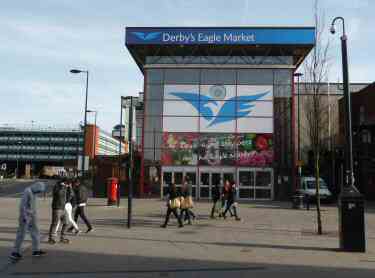
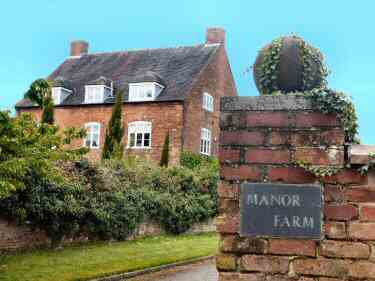
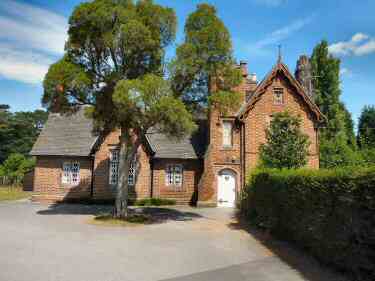
EAGLE MARKET
The Eagle Market opened in November 1975, but the contemporary style was not popular, and many shoppers complained of ’getting lost.’ It was eventually refurbished and officially re-opened on 26 June 1992, with a much more traditional design. It was not part of the redevelopment of the shopping centre and retained its original name. It is scheduled to be replaced by a new development.
EGGINTON
Egginton is a small pretty village in the Trent valley. It sits between Derby and Burton-on-Trent and has easy access to both the A38 and the A50. This makes it popular with commuters. After the closure of the nearby airport at Burnaston, to accommodate the arrival of Toyota, Derby Airfield was established at Egginton. It is only a small airport used by light aircraft and for maintenance.
ELVASTON
The pretty village of Elvaston, dominated by its castle and gardens, together with Thulston and Ambaston make up the parish of Elvaston. There are several interesting buildings in the village, including the Village Hall, which was built in 1852, and previously used as a Church of England School. The Clockhouse, a three-storeyed building built as a ‘Refuge for the aged Poor’ is now a retirement home.
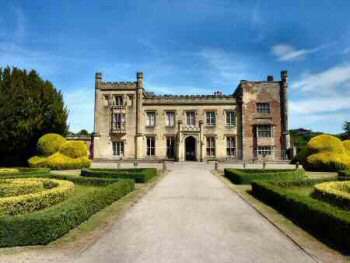
ELVASTON CASTLE
The present-day gothic-style castle was designed in the early 19th century by the architect James Wyatt, for the 3rd Earl of Harrington. The Earl also wanted ‘Capability’ Brown to landscape his 200-acre estate. But Brown declined and said, ‘The place is so flat and there is such a want of capability in it.’ Following the death of the 3rd Earl, his son gave the task to William Barron. A 25-year-old Scot who had trained at the Botanical Gardens in Edinburgh and was looking to establish a reputation as a landscape gardener. The first problem Barron had to deal with was the waterlogged ground, which he solved by having drainage ditches. But it was only after five years that the soil was finally ready for planting. By this time the Earl was becoming impatient to see results. Barron planted fully grown trees, keeping them alive and healthy by transporting them vertically with their branches outstretched and their rootballs intact. To the north of the castle, he created an ornamental lake with islands and rockwork. On the southern side, he developed half a dozen formal gardens.
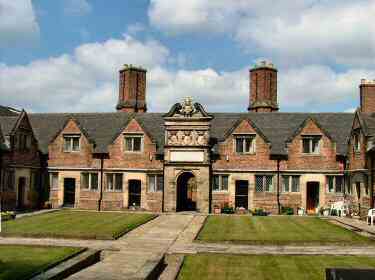
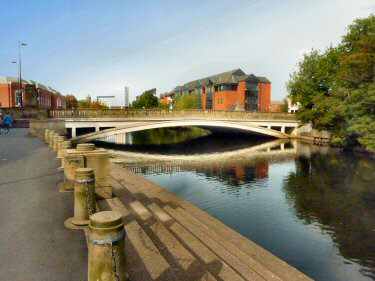
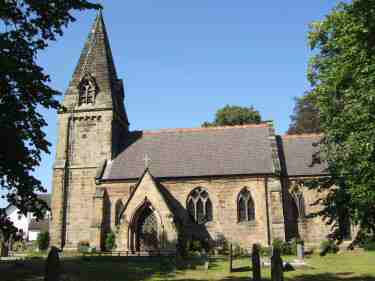
ETWALL
Etwall situated to the southwest of Derby has grown enormously since the end of the Second World War, but still retains an attractive village centre. St Helen’s Church and the Sir John Port Almshouses set on the slightly rising ground are particularly appealing. The fine wrought-iron gates by Robert Bakewell, that hang outside the almshouses, restored in the 1980s, add an extra touch of quality.
EXETER BRIDGE
Originally the bridge served Exeter House and as a result, was named Exeter Bridge. After Jedediah Strutt bought the house, it was opened up to the general public but remained in private ownership. Following Strutt’s death, the bridge was widened and later taken over by Derby Corporation who converted it into public ownership. It was replaced by a single-span concrete bridge in 1929.
FINDERN
The attractive South Derbyshire village of Findern has its appearance enhanced. By a traditional village green with chestnut trees, encircled by white posts and chains. Overlooked by the church and pretty, mainly whitewashed properties. Silk weaving was once a popular local industry with nearly every cottage having a loom. Velvet making is also known to have taken place at 17th-century Ivy Cottage.
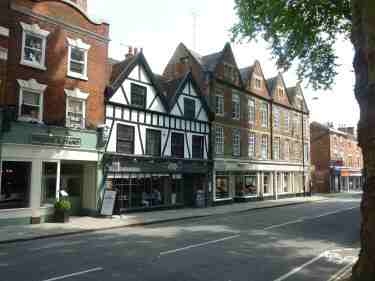
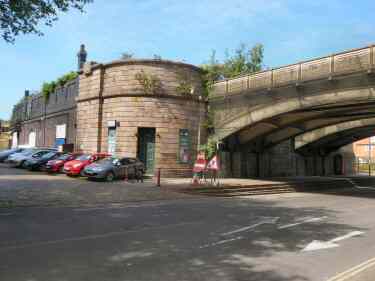

FLORENCE NIGHTINGALE STATUE
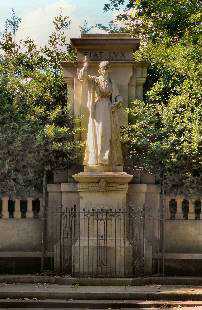
The statue of Florence Nightingale is located in front of the former DRI, on London Road. It was the measures she took to save the injured during the Crimean War that made her famous and, she became a legend in her lifetime. Born in Italy on 12 May 1820, she was named Florence after the city where she first drew breath.
FRIAR GATE
Designated in September 1969 and subsequently added to on several occasions. Friar Gate was Derby’s first Conservation Area. It has many interesting buildings, over 100 of which are listed as Buildings of Special Architectural or Historic Interest. It is best known for its fine Georgian buildings, but there are also several late Georgian and Regency buildings on Ashbourne Road, which are included in the Conservation Area.
FRIARGATE RAILWAY STATION
The Great Northern Railway Company had Friargate Bridge (the railway company always used ‘Friargate’ as the spelling) constructed in 1878, despite very strong opposition. Local people were in uproar saying that the bridge would destroy the appearance of what they termed ‘the best street in Derby. The bridge was made deliberately ornate to try to match the handsome Georgian street below and placate the protesters.
FRIARGATE BRIDGE
It is two bridges side by side. Set at a slight angle to each other where the tracks diverged, to embrace the island platform at Derby Friargate Station (in this context ‘Friargate’ was always spelt as one word) off to the left. Access was gained to the four platforms via a tunnel and steps. The first train left the station on 1 April 1878.
